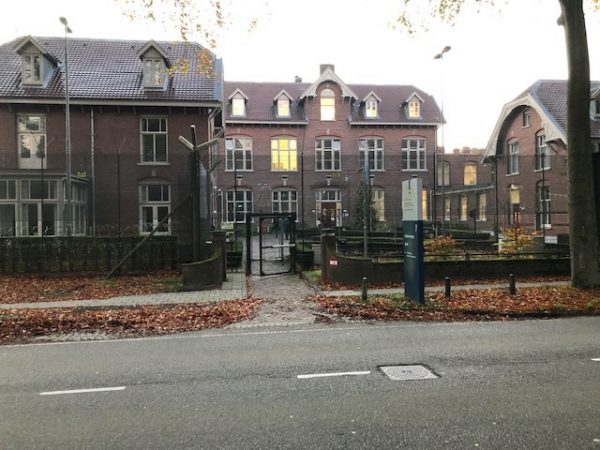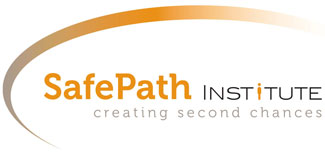Giving words with the help of images
.
In conversation about SafePath with Pieter Looymans and Irma van Elven, respectively methodology coach and Psychologist at the Juvenile Prison (Rijks Justitiële Jeugdinrichting), Den Hey-Acker. In the Netherlands, youth who are convicted of serious crimes are committed to one of five juvenile prisons, where they receive treatment. All of these institutions have implemented SafePath in their treatment teams.
“We noticed that our target group was getting older and the problems were becoming more and more complex,” says Irma van Elven. “Colleagues indicated that they would like more tools for working with them. We saw that SafePath was being used in a TBS clinic (a Dutch forensic hospital for adult offenders) and that’s why we started working with it.” When asked what the experiences with this method are, Pieter Looymans answers: “What strikes me is that colleagues have more understanding of the behaviour of the youth and can tolerate it better. By using the iModes, cards with images of emotional states, known as ‘modes,’ colleagues realize that, for example, manipulative behavior is caused by underlying pain. They take the youths’ remarks less personally.” “What appeals to both colleagues and youth is that you are talking about someone’s sides,” Irma adds. That often requires some explanation. “I don’t have 25 personalities, do I?” a boy asked the other day when I showed him the card set.”
Irma: “The realization that they also have positive, healthy sides is extremely important for this target group. The youth have been rejected so many times in their lives.” She is happy that Dr. David Bernstein recently developed a new set of cards, the qualities of the Healthy Adult, the side of us that supports healthy, adaptive adult behavior. “There are often a lot of cards on the table that youth considered negative. “I have a lot of negative sides,” I’ve heard. Now there is more balance, also visually.”

According to Pieter, the iModes enable the youth to give words to behavior and feelings that were hardly spoken of before. “Youth talk more easily. The images and the words on the cards make important things recognizable.” This also applies to colleagues. Irma: “Colleagues do not always respond from their Healthy Adult side to the behaviour of youth. They get to know themselves better through the use of the iModes. And that is extremely important because as a caregiver in mental health, you are your own ‘instrument.’’’

SafePath creates a common language, according to Pieter: “Almost everyone can speak to it. Also many of our youth with mild intellectual disabilities.” Colleagues find the SafePath method not only helpful and valuable but sometimes also a challenge. “Certainly limited reparenting,” says Pieter, an attachment relationship in which colleagues try to provide some of the basic needs that the client missed growing up. “In the world of justice, this is new. Colleagues are generally able to set boundaries, but SafePath makes them more aware of the application of interventions that match the young person’s modes, such as providing space to express anger, validating, and offering a listening ear. SafePath is about fulfilling all basic needs.”
